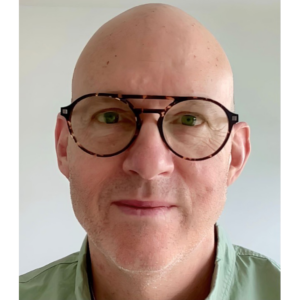Mastering the new SNF regs to maximize reimbursement
2016 begins a brave new year for skilled nursing facilities (SNFs), a year when readmission rate scores will become a direct and deliberate determiner of Medicare reimbursement amounts. A reimbursement of two percent is on the table, and facilities whose readmission scores don't compare favorably to other SNFs across the country could lose most or all of it, explained policy experts at this week's American Health Care Association/National Center for Assisted Living (AHCA/NCAL) Annual Conference and Expo in San Antonio, Texas.
"We've been saying for years that you can't separate quality from financial. Now it's absolutely happening," said Mary Ousley, RN, president of Ousley and Associates and a licensed nursing home administrator in Kentucky.
A SNF's score will be derived from its actual readmission rate divided by the national average, explained David Gifford, MD, MPH, senior vice present of quality and regulatory affairs, American Health Care Association. Then, the score will be compared to everyone else's. The reimbursement formula reserves the harshest penalties for facilities that score in the lowest 40 percent of the country.
"If you're in the top 60 percent in the country, you'll likely get most of the two percent withholding back," Gifford explained. But, he warned, "If your rehospitalization rates are above 20 percent, you are most likely going to be in the bottom 40 percent of the country."
What's next
The next phases of implementation will involve much more than readmissions, and organizations that don't prepare now will find themselves far behind the curve, said Ousley, who also serves as chief strategy officer for PruittHealth. While most SNFs are accustomed to documenting pressure ulcers, falls and functional status, the IMPACT Act is raising the bar significantly on documentation, both at intake and at discharge. Medication reconciliations, detailed plans for discharge to community, efficiency measures, spend per beneficiary measures and other documentation will all be required.
SNFs will have to show the plans for care but also the care that was actually delivered, Ousley said. "What care did we deliver for the Medicare dollars? We need the whole snapshot from when they come in to when they leave."
Care plan development and documentation are key parts of the new SNF documentation and delivery world. "We're being asked to move to a whole new level of care planning," Ousley said. Care must be customized according to the needs and values of the resident, including personality, nationality, ethnicity and beliefs and culture. This goes way beyond 'what time do you want to get up?' and 'what do you want for dinner?'"
In addition, the results of quality measures must be shared with families and will be compared across post-acute facilities, she added. Now is the time for SNFs to rethink the role of the MDS Coordinator, who needs to be a true champion of care coordination, not just a data-entry person, she said.
Improving internal processes takes honest and deep introspection, and SNFs can hurt their own efforts by assuming that some readmissions are simply a cost of doing business, Gifford insisted. "It's all about the attitude and viewpoint when you do root-cause analysis. You need to view all readmissions as preventable or you'll miss the things you need to see. That applies to pressure ulcers, falls, everything."

Pamela Tabar was editor-in-chief of I Advance Senior Care from 2013-2018. She has worked as a writer and editor for healthcare business media since 1998, including as News Editor of Healthcare Informatics. She has a master’s degree in journalism from Kent State University and a master’s degree in English from the University of York, England.
Related Articles
Topics: Articles , Executive Leadership , Medicare/Medicaid , Regulatory Compliance , Technology & IT










